
Stanford CS234: Reinforcement Learning | Winter 2019 | Lecture 15 - Batch Re...
Professor Emma Brunskill
Assistant Professor, Computer Science
Stanford AI for Human Impact Lab
Stanford Artificial Intelligence Lab
Statistical Machine Learning Group
Deploying Deep Learning Models | Deep Learning for Engineers, Part 5
This video covers the additional work and considerations you need to think about once you have a deep neural network that can classify your data. We need to consider that the trained network...
See MoreDrone Simulation and Control, Part 5: Tuning the PID controller
In the last video, we learned how accurate, nonlinear models are great for simulation but they don’t lend themselves well to linear analysis and design. This video takes the nonlinear model...
See MorePrincipal Component Analysis (PCA)
Principal component analysis (PCA) is a workhorse algorithm in statistics, where dominant correlation patterns are extracted from high-dimensional data.
See MorePeter Ponders PID - Cascade Control Part2
The inner loop pole locations and gains are calculated first so the inner loop pole locations are determined by the user. The outer loop poles are still pla...
See MoreBuilding a Matlab/Simulink Model of an Aircraft: the Research Civil Aircraft...
In this video we implement the RCAM model as a Matlab script that is called from a Simulink model. The result is a fully encapsulated Simulink model of a no...
See MoreComputing the DFT Matrix
This video discusses how to compute the Discrete Fourier Transform (DFT) matrix in Matlab and Python. In practice, the DFT should usually be computed using the fast Fourier transform (FFT)...
See MoreSOPDT Sliding Mode Control ( SMC ) with Smith Predictor
Introduction to Full State Feedback Control
In this video we introduce the concept of a full state feedback controller. We discuss how to use this system to place the eigenvalues of the closed loop sys...
See MoreThe Fast Fourier Transform Algorithm
Here I discuss the Fast Fourier Transform (FFT) algorithm, one of the most important algorithms of all time.
See MoreComputing Euler Angles: Tracking Attitude Using Quaternions
In this video we continue our discussion on how to track the attitude of a body in space using quaternions. The quaternion method is similar to the Euler Kinematical Equations and Poisson...
See MoreUnderstanding Sensor Fusion and Tracking, Part 3: Fusing a GPS and IMU to Es...
This video continues our discussion on using sensor fusion for positioning and localization by showing how we can use a GPS and an IMU to estimate and object’s orientation and position. We...
See MoreFinal Value Theorem
In this video we discuss the Final Value Theorem. Given a signal in the Laplace domain, this allows us to predict the steady state value of the signal in th...
See MoreLecture 12: Steady state error
Randomized Singular Value Decomposition (SVD)
This video describes how to use recent techniques in randomized linear algebra to efficiently compute the singular value decomposition (SVD) for extremely large matrices.
See MoreSingular Value Decomposition (SVD): Mathematical Overview
This video presents a mathematical overview of the singular value decomposition (SVD).
See MoreControl Systems Lectures - Transfer Functions
This lecture describes transfer functions and how they are used to simplify modeling of dynamic systems.
See MorePID Control with Posicast Control 8 - ( In English )
This is the follow up of PID Control with Posicast ( Part II )
See MoreUsing Root Locus to Meet Performance Requirements
In this video we investigate how to use the root locus technique to design a controller that meets certain performance specifications.Topics and timestamps:(...
See MoreLecture 17: Introduction to Compensators/Controllers
SVD: Importance of Alignment [Matlab]
This video describes the importance of aligning data when using the singular value decomposition (SVD) (Matlab code).
See MoreTime domain - tutorial 3: signal transformations
In this video, we learn how different transformations can change the signal shape. Specifically, we cover time shifting & scaling as well as amplitude shift...
See MoreKoopman Spectral Analysis (Representations)
In this video, we explore how to obtain finite-dimensional representations of the Koopman operator from data, using regression.
See MoreLinear Regression 2 [Python]
This video describes how the singular value decomposition (SVD) can be used for linear regression in Python (part 2).
See MoreControllability and the Discrete-Time Impulse Response [Control Bootcamp]
This lecture derives the impulse response for a discrete-time system and relates this to the controllability matrix.
See More
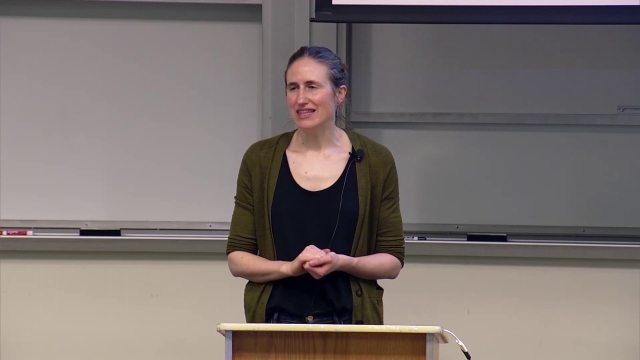
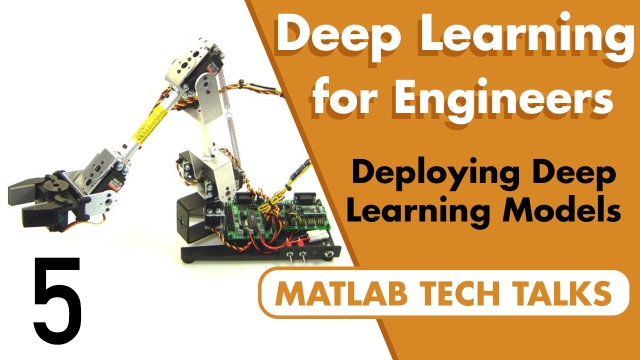
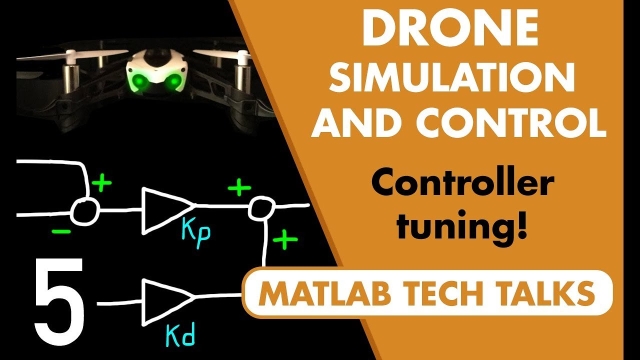
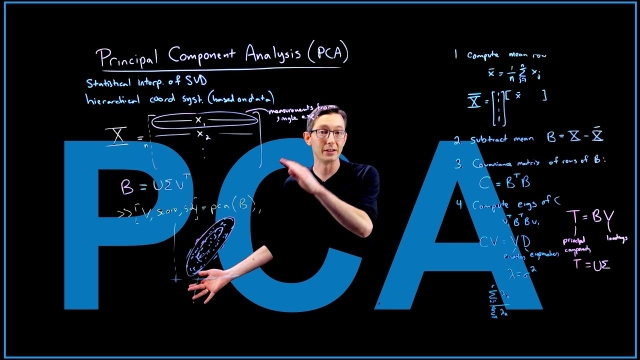
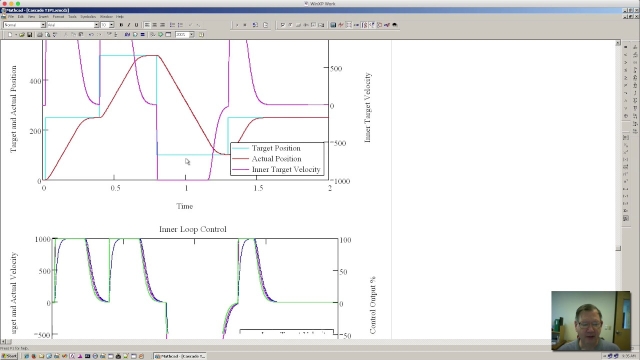


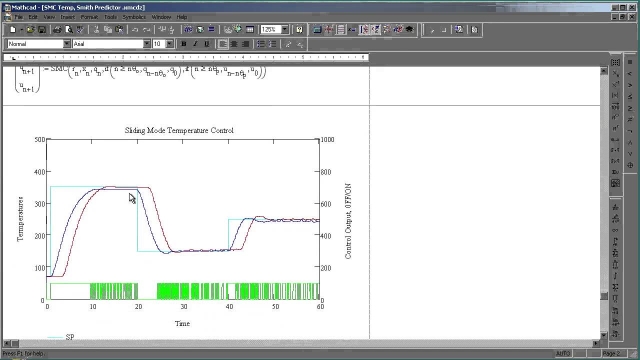
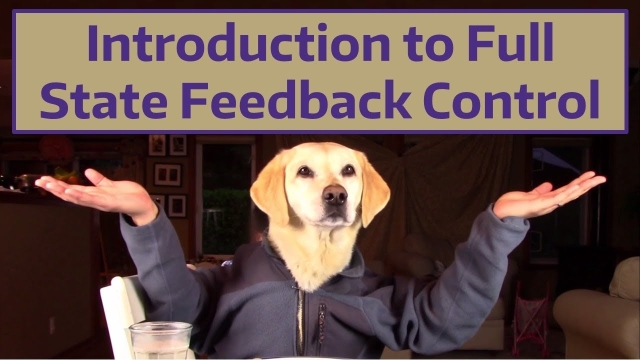
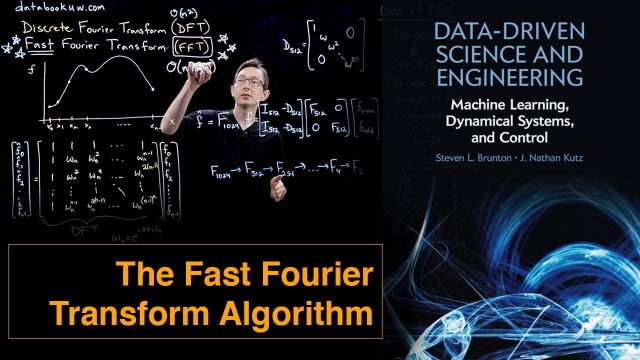
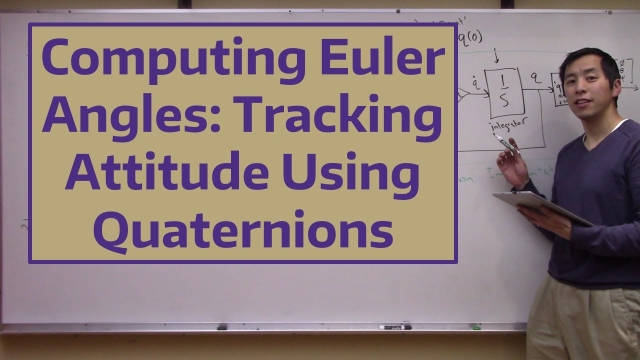


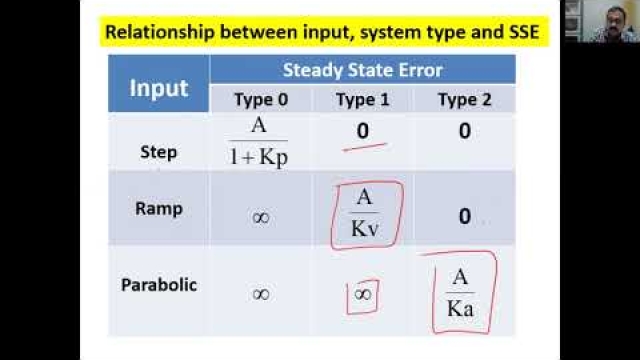

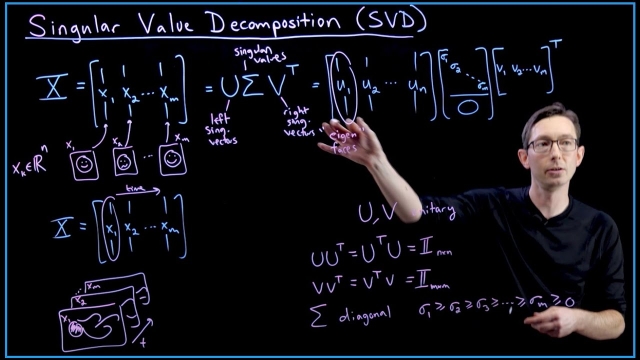
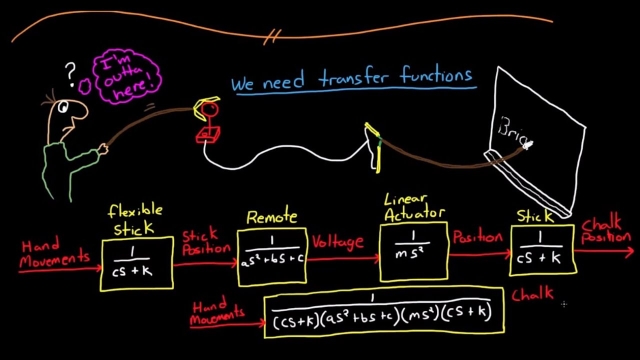

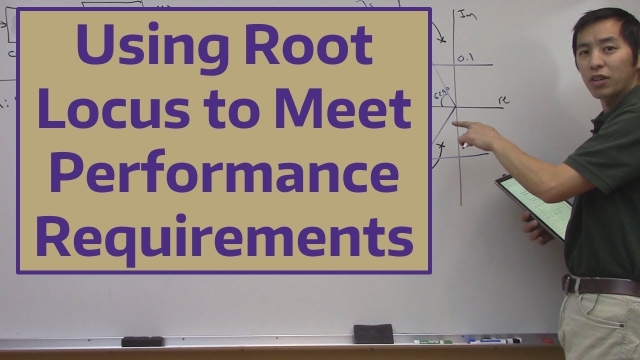

![SVD: Importance of Alignment [Matlab]](/sites/default/files/styles/search_resulkts/public/2020-12/maxresdefault_421.jpg?itok=xDlrjOXt)
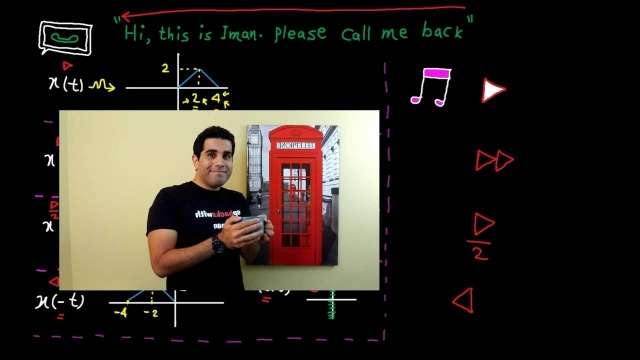
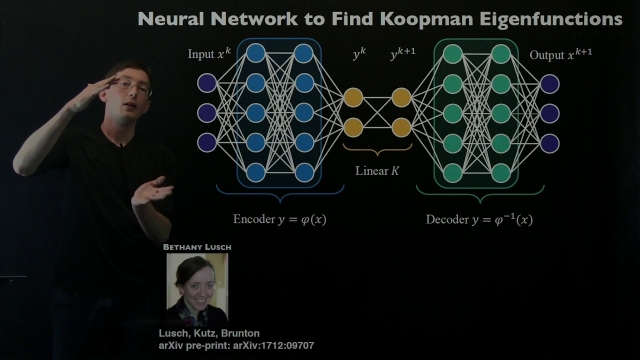
![Linear Regression 2 [Python] Linear Regression 2 [Python]](/sites/default/files/styles/search_resulkts/public/2020-12/maxresdefault_437.jpg?itok=jfYpmzNR)
![Controllability and the Discrete-Time Impulse Response [Control Bootcamp]](/sites/default/files/styles/search_resulkts/public/2020-12/maxresdefault_302.jpg?itok=xjXmM9_U)